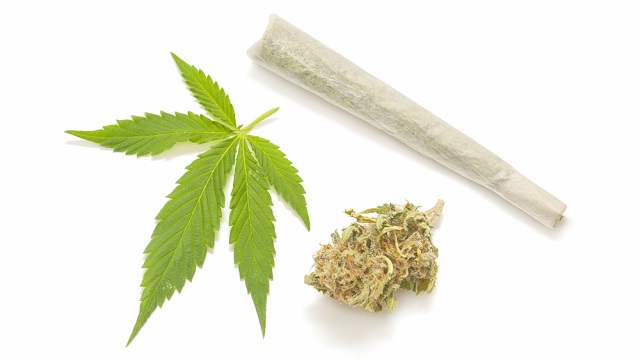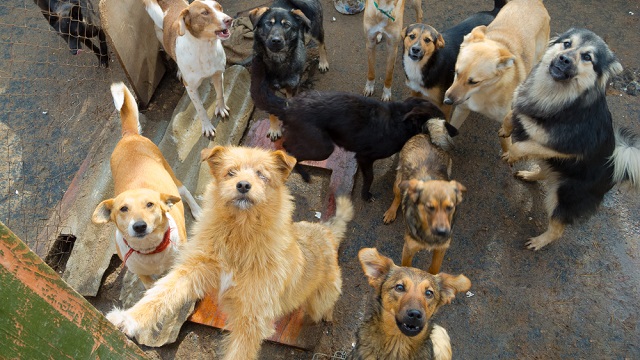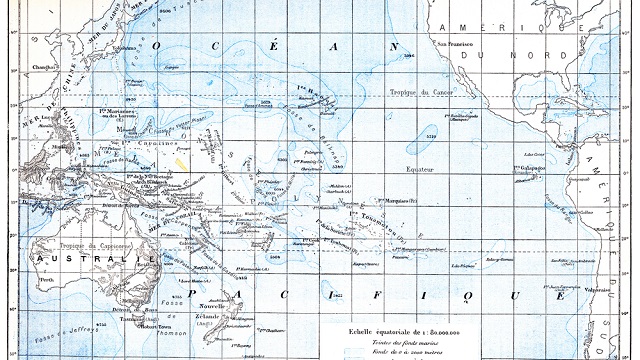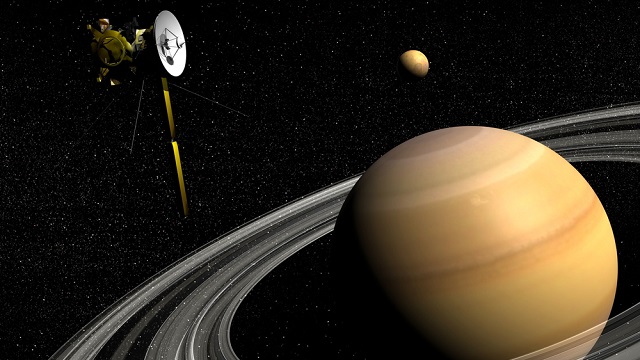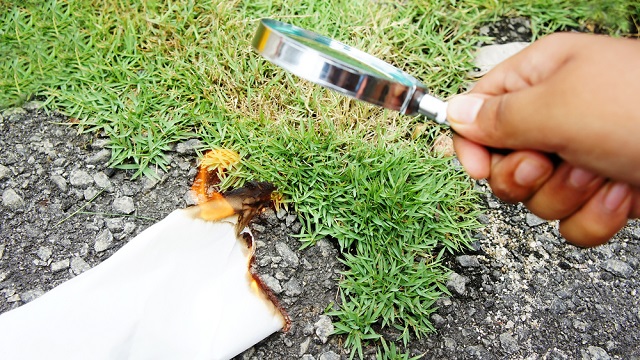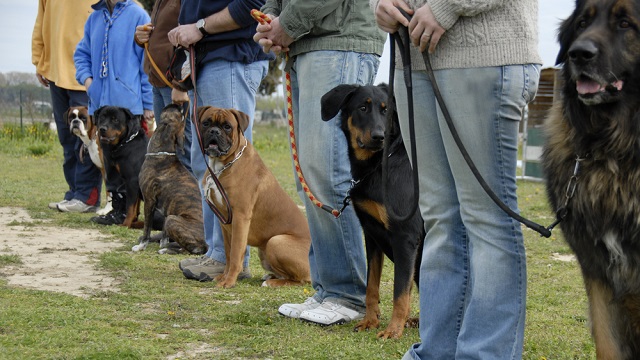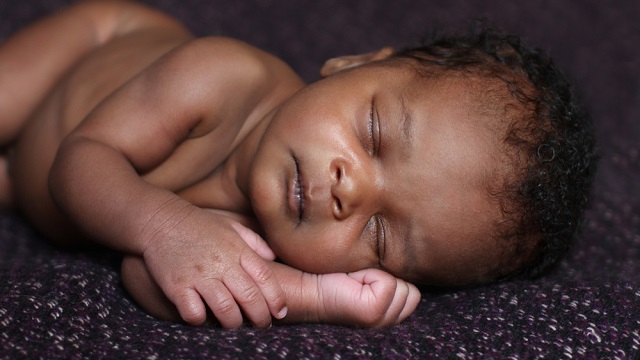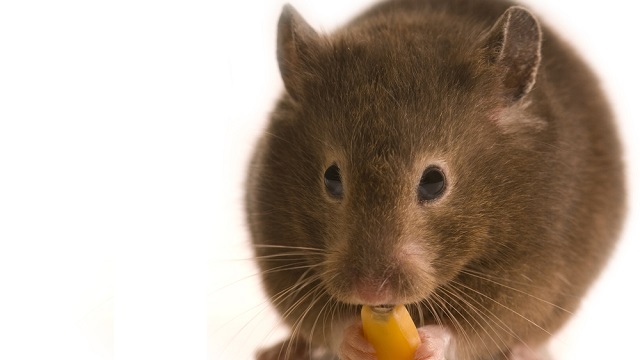Kecia Lynn
Kecia Lynn has worked as a technical writer, editor, software developer, arts administrator, summer camp director, and television host. A graduate of Case Western Reserve University and the Iowa Writers' Workshop, she is currently living in Iowa City and working on her first novel.
A bill approved by the state Senate will replace those familiar metal plates with screens that can send, receive, and display data. Naturally, privacy advocates are concerned.
Contrary to what some may think, the herb popularly known as “ganja” is illegal, yet it manages to attract tourists from all over the world. A group of advocates says the country should turn that to its advantage.
Announced by the city’s mayor a week after a four-year-old boy was mauled to death, the measure proposes euthanizing all strays…even the healthy ones.
Trade and cultural relations between the two ancient nations are increasing as one seeks to emerge from years of economic crisis while the other continues to stretch its new economic muscle.
Voters participating in Australian elections this weekend filled a number of seats with candidates from several single-issue organizations, including the Sports Party and the Motoring Enthusiast Party.
Scientists learned that the leopards share their habitat with a large number of monasteries, which use their influence to limit poaching.
Researchers have confirmed that Tamu Massif, located in the northern Pacific, is a single volcano rather than a composite of different eruption points. At 120,000 square miles in size, it’s about as big as the entire state of New Mexico.
Carnegie Mellon researchers sent postcards to utility customers telling them their electricity usage was being observed for one month. Within that time period, consumption fell by an average of 2.7 percent.
Scientists at two universities have come up with a method of targeted drug delivery involving self-powered nanoparticles that are drawn by ionic energy released by the bone’s minerals.
Newly published research involving data from European workers shows higher rates of job satisfaction among those in creative professions, due in part to having more autonomy in their schedules and types of work.
The International Space Elevator Consortium (ISEC) recently met in Seattle to discuss their progress on designing a transportation system that would cost “about 3,000 times less” than a space shuttle trip.
Nominated for an INDEX Award, David Swann’s ABC Syringe changes color when it’s exposed to air, thus providing a visual alert that it may be unsafe to use. The device could save more than a million lives each year.
Brooke Martin’s iCUPooch, which combines video and dog treats, is one of ten finalists in the Discovery Education 3M Young Scientist Challenge.
After over a decade of research, biotech startup Bionym is ready to go public with Nymi, a bracelet that uses the unique electrical activity produced by the wearer’s heart as identification.
Oxford University researchers have discovered a protein that prevents genes from adapting to differing levels of light. Suppressing this protein in mice caused their body clocks to adjust much faster.
Honda is using existing vehicle-to-vehicle systems to create a network in which data broadcast and received by both cars and pedestrians will help prevent accidents.
The massive storm that wrapped itself around the planet in 2010-2011 seems to have dredged up water ice from an invisible lower atmospheric layer, according to NASA researchers.
A team of California scientists combined two ingredients commonly used in firefighting into an all-natural temporary spray gel that outperformed other coatings in lab tests.
The building has been blamed for melting the plastic on a parked car, setting store carpets on fire, and shattering tiles. Believe it or not, it’s the second structure architect Rafael Viñoly has built that has this “feature.”
The Ohio city had never experienced an earthquake before the 2010 opening of a wastewater injection well. All 109 earthquakes that occurred in the ensuing 12 months now appear to be linked to the well, says a new study.
As part of last year’s UN Rio+20 Summit, a group of financial institutions are looking into ways to put monetary value on natural resources and add incentives and penalties for their preservation or destruction.
More importantly, would your dog want one? Two Auburn University engineers have created a system that in test environments produced an obedience accuracy rate of almost 98 percent.
By entering a Twitter or Instagram handle, Ready or Not displays data showing where its user has been and what information they sent out. It was built as part of a project titled “Teaching Privacy” that targets high schoolers.
Developed by a team of Brigham Young students, the Owlet sends vitals — including heart rate, temperature, and most notably, an alert in case the baby rolls over on their stomach — to a smartphone app.
Fed up with British Airways’ handling of his father’s lost luggage, Hasan Syed took the matter to Twitter by complaining via its self-service advertisers’ platform. It got the airline’s attention, along with that of millions of others.
Starting next Monday (Sep. 9), Bradford Regional Medical Center will become the first US institution of its kind to offer a voluntary 10-day inpatient program.
Leaders from 17 countries recently met in Sumatra to discuss how handheld GPS devices and mapping apps have helped their communities retain lands held for generations.
Harvard scientists sandwiched a layer of transparent rubber between two layers of a specially-made hydrogel. Electrical audio signals sent to the gel layers caused the rubber to vibrate and make sound.
Besides the obvious, both affect the brain in ways that make a person more susceptible to bad decisions, according to a new study involving subjects in New Jersey and rural India.
Studies show that weight gain is happening in the wider animal kingdom as well — in our pets, yes, but also among some captive and wild animals. No one really knows why.

